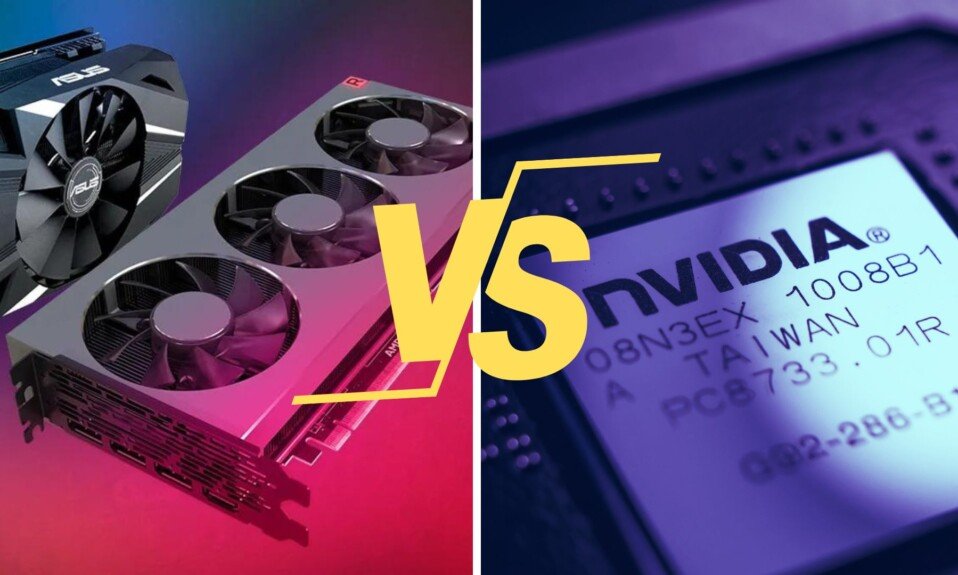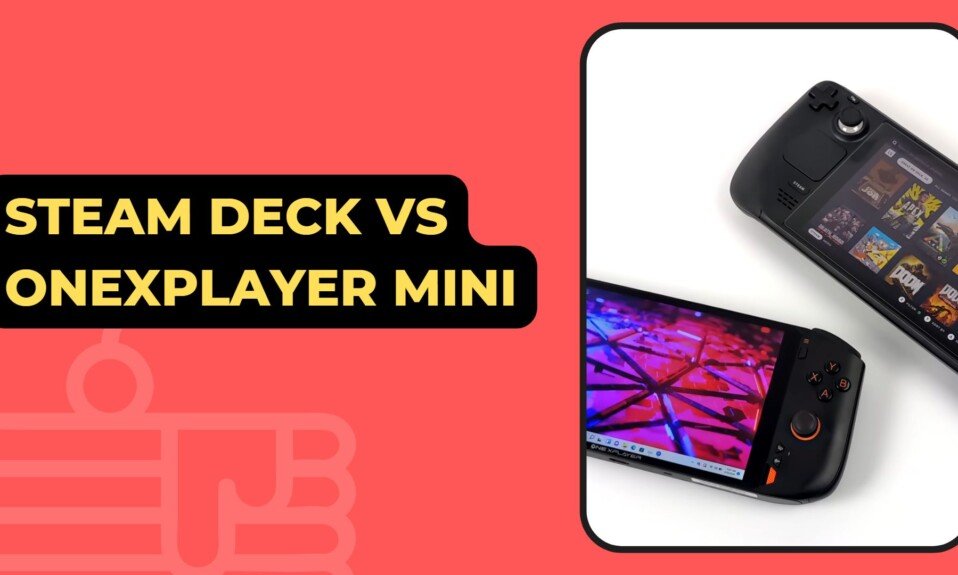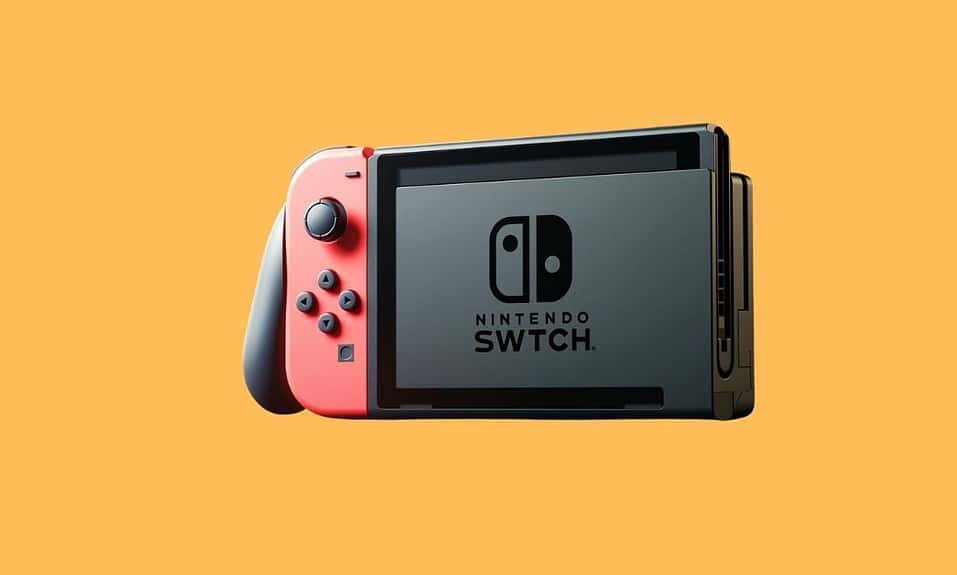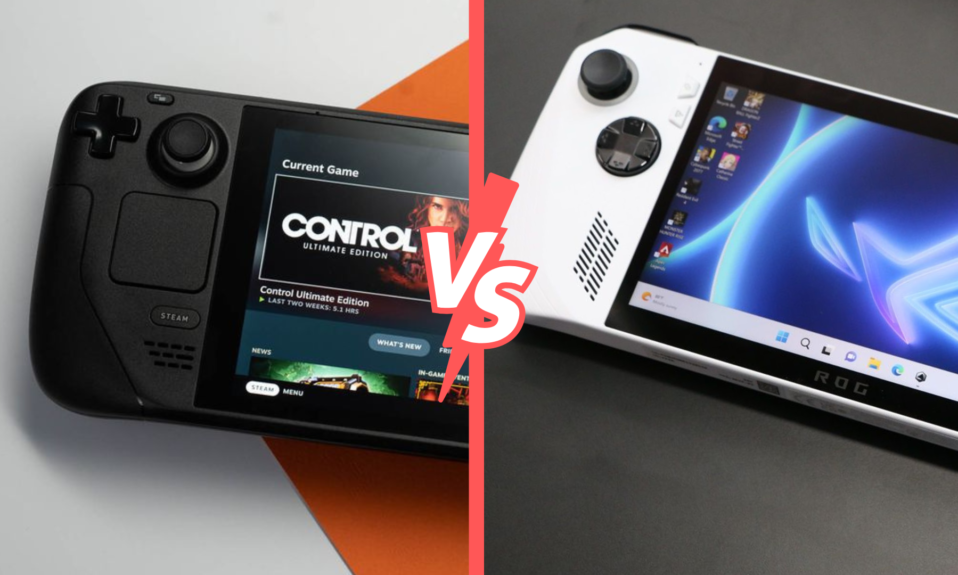Do you need a dedicated graphics card or is an integrated one? We’ll explain the differences and which is suitable for you.
Whether it’s a pre-built PC or a custom build, the graphics card is the heart and soul of any gaming computer. Choosing the right model requires careful consideration. You need to install the necessary power for the desired games while not wasting money unnecessarily.
An important question for those on a limited budget is whether an integrated graphics card is sufficient or whether a dedicated card is the right choice. In this guide, we will explain the difference between the two and which one is better suited to your requirements.
CPU also known as central processing unit is the brain and the most significant part of the computer it performs all complex operations and comes as a chip placed on the motherboard. CPU works dedicatedly to carry out functions like calculations creating word excel files, watching movies, browsing the web and more.
GPU on the other hand also known as a graphics processing unit often mentioned as graphics card works similarly to a CPU, except it’s mainly designed to carry out all kinds of graphical operations. You can play high-end games and use designing software smoothly with GPU.
Most companies provide integrated graphics in their laptops as they are small affordable and more energy efficient, though they are great for daily use they will put extra load on the CPU.
If you perform heavy graphic, designing and play high end games since it is relying on the system’s RAM for performing both basic and complex tasks this might reduce the speed of your system and cause low performance issues, Talking about dedicated GPU or discrete graphics they are an individual piece of hardware that comes with their own memory this means they will utilize their own ram to handle the system’s graphic performance leaving the inbuilt memory untouched.
Discrete graphics are separate from the processor chip it consumes more power and generates a significant amount of heat but as it has its own pcb and vram it provides higher performance than integrated graphics dedicated graphics cards are perfect for hardcore gaming and heavy rendering tasks.
Dedicated graphics card
Dedicated graphics cards reside inside a computer and function as a standalone hardware responsible for sending image signals to a monitor. The PCI Express connection links the graphics card to the computer’s mainboard, while it has its own circuit board containing a GPU (Graphics Processor Unit) and VRAM (Video Random Access Memory).

Dedicated graphics cards have their own cooling systems, usually consisting of fans and heat sinks, while high-end cards may have water cooling. People typically refer to dedicated graphics cards when discussing graphics cards.
| PROS | CONS |
|---|---|
| Significantly improved performance | The dedicated graphics card’s cooling system can raise system noise |
| Platforms allow for upgradeability | Higher power consumption |
| Nothing to do with the system memory | Require enclosures large enough |
| High purchase price |
Integrated graphics card
Integrated graphics cards, also known as iGPUs, are not actual cards because they do not have their own motherboard. They are instead graphics processors that are built into the computer system, and they sit on the same chip as the CPU. They are commonly used in office PCs, laptops, and other systems that need to save space.
Compared to dedicated graphics cards, iGPUs are typically less powerful. However, they take up less space, share the cooling system with the CPU, and are usually less expensive to buy and run.

Like dedicated graphics cards, iGPUs do not have their own VRAM, so they rely on the computer’s RAM. This means that the transfer speed, latency, and capacity of your RAM modules are more important when building a DIY computer with an iGPU.
By the way, the term APU will always come up in this environment. APU stands for “Accelerated Processing Unit.” This is a marketing term that AMD came up with in 2011. It’s still used to talk about chips that have both a GPU and a CPU in one.
This is like a SoC, which stands for “System on a Chip.” Still, APU and SoC should not be confused with each other. A SoC is a chip where all the parts are put together. One place you can find these is in smartphones.
Is integrated graphics card performance adequate
The most powerful processor that you can buy individually is the Ryzen 7 5700G from AMD. With this you get a high-performance eight-core processor, which is supported by the Radeon Vega 8 GPU. Performance is roughly comparable to the dedicated Geforce GT 1030 graphics card with GDDR5 memory (provided you pair the Ryzen 7 5700G with fast RAM).

That’s about enough to play last-gen triple-A games on low settings and 720p resolution. You should rather avoid graphics-intensive games of the current generation.
If you need more power, you can’t avoid a dedicated graphics card. Compared to integrated graphics, even the entry-level graphics cards of the current and last generation are a significant upgrade.
When is integrated graphics insufficient?
The performance of an integrated GPU will reach its limits in many applications. In such cases, you should rather use a dedicated graphics card in order to have enough power for your project.
Here are some examples where you should rather use a dedicated graphics card:
- Play at high settings, refresh rates and resolutions
- Professional photo and video editing
- 3D modeling and animation
- Streaming video and games
- Playing VR games
How do I know which CPUs have graphics built in?
Most of the time, the name of the product is enough to tell if a processor has a GPU built in or not.
It’s easy to do with Intel’s desktop processors because most of them have GPUs built in. Only those with a “F” in their names don’t have a graphics chip built in and need a separate graphics card.
Intel Core i5-13600KF doesn’t have graphics built in, but Intel Core i5-13600K does.
When it comes to AMD’s desktop processors, look for the letter “G.” It stands for “Graphics” in this case. If it’s at the end of the name, it means that the graphics are built into the processor. The AMD Ryzen 5 5600 doesn’t have a graphics processor built in, but the AMD Ryzen 5 5600G does.
Which APU is right for you
Despite the fact that integrated graphics cards typically provide significantly lower performance, there are some compelling arguments in their favour. First and foremost, they are worthwhile if you only need a PC for office work, media playback, and web browsing.
A dedicated graphics card would be unnecessary and would only raise the purchase price. Furthermore, without them, you have the option of using very small housings, such as if the PC is to be placed in the living room.
In terms of gaming, a (good) APU is often sufficient if you only want to play older games or if playing with low settings is sufficient for you.
How to Check if You Have a Dedicated GPU
First and foremost, you should look closely at the product name of the graphics card to find out whether it is a dedicated graphics card or whether it is integrated. If you see “Intel” listed as the graphics card in the product description of a finished PC, then in most cases it is an integrated graphics card. The only exception are the relatively fresh Intel Arc graphics cards.
It also helps to check the CPU’s product name to determine if it has integrated graphics or not.
Stickers on your computer: An Nvidia or AMD sticker on your PC can indicate a dedicated GPU. They’re always on laptops, usually around the touchpad.

A very simple way to find out if a PC has a dedicated graphics card is to read the specifications of the graphics card. Integrated graphics cards do not have their own VRAM memory, CUDA cores, streaming processors, etc.
Finally, the easiest method is to open the PC and look inside before you buy it. A dedicated graphics card is physically connected to the PC via the PCIe connector.
By the way, it can happen that PC beginners connect their monitor to the mainboard connectors instead of their dedicated graphics card. The PC then uses the integrated GPU instead. So make sure that your monitor is really connected to the dedicated graphics card.

Conclusion!
If all you want is a computer that can handle things like browsing the internet, light gaming, sending emails, and watching videos, a system with integrated graphics is the best option. However, if you do a lot of resource intensive work like high-end gaming or professional graphic design, a dedicated GPU is the way to go.
GPU will allow you to play games at a much higher frame rate and will aid in 3D rendering or modelling, so it’s no surprise that on-board graphics will never be better than dedicated graphics when it comes to enjoying top-notch performance, better productivity, and handling a plethora of tasks at once. Unless you have specific needs, what you choose really depends on what your requirements are.
The advantages of integrated graphics, such as smaller device size and longer battery life, are likely to outweigh the advantages of discrete graphics. I hope this video helps you compare and decide whether integrated or dedicated graphics is right for you.




